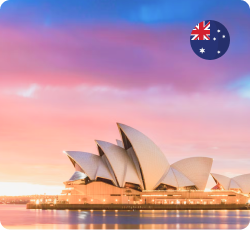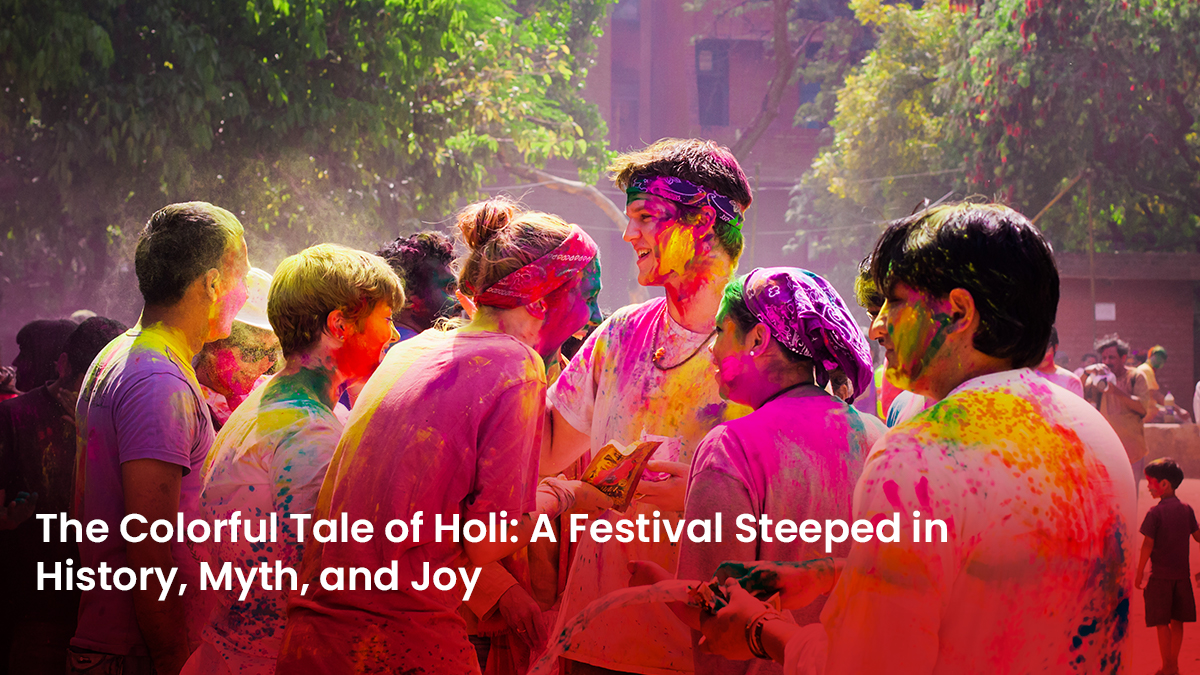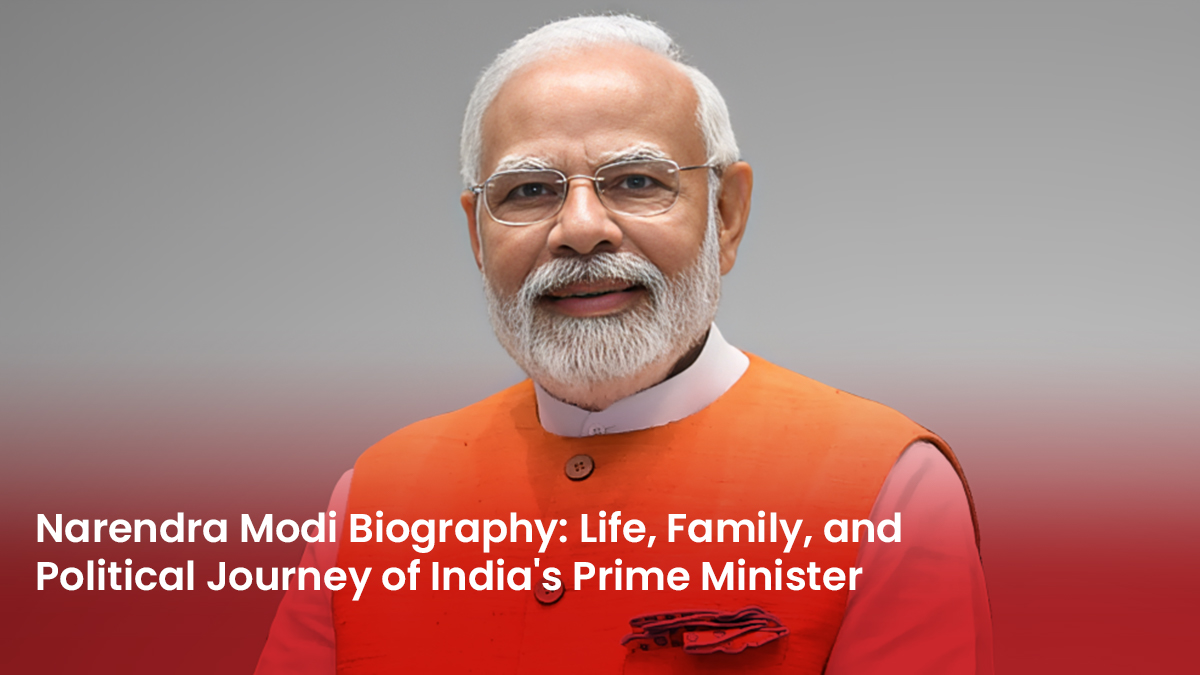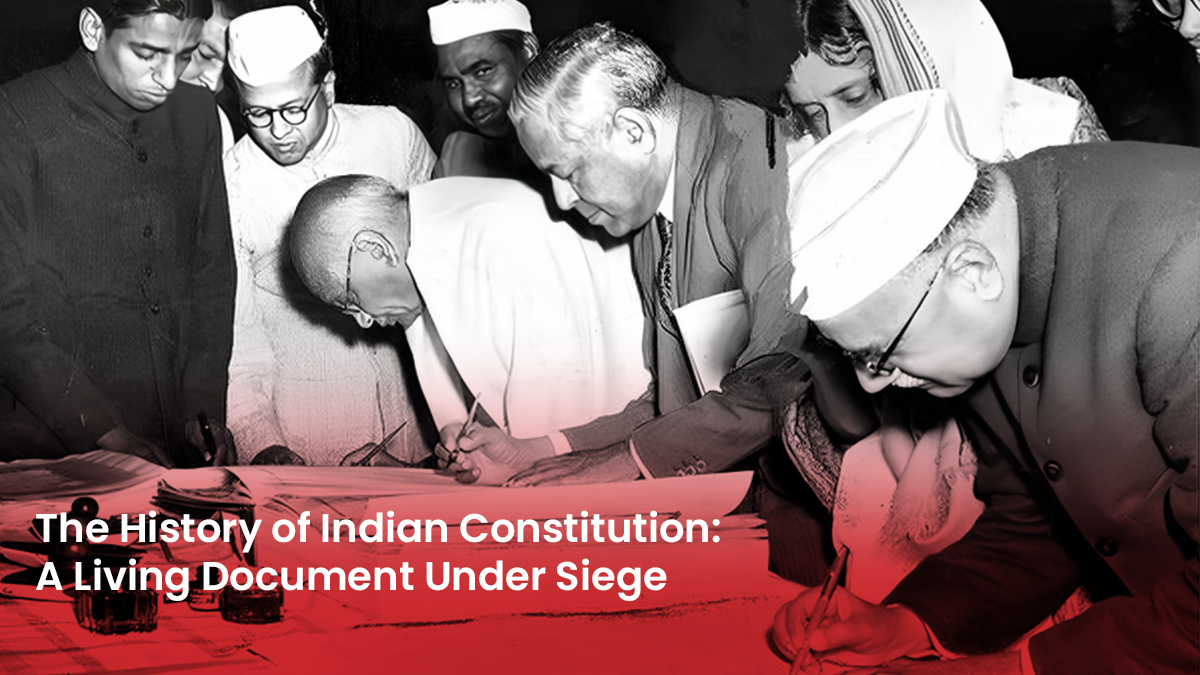Holi—the festival of colors—is one of the most vibrant and joyous festivals in the world. But have you ever wondered what is the history of Holi, and how it evolved into the festival we celebrate today?
The Holi festival history goes back thousands of years, intertwining mythology, culture, and community spirit. Whether you’re curious about the history behind Holi, the ancient history of Holi, or how the history of celebrating Holi has changed over the centuries, this guide will take you through every fascinating detail.
So, grab a plate of gujiyas (Holi sweets), get comfortable, and let’s explore how this spectacular festival came to life!
The ancient beginnings: Tracing the Holi festival India history
Holi is not just a festival—it’s a cultural legacy that has been celebrated for over 2,000 years!
References to Holi can be found in ancient Hindu scriptures like the Puranas, as well as texts from early Indian scholars like Kalidasa. It was once called the “Phalguna Festival”, named after the Hindu calendar month in which it takes place.
But back then, Holi wasn’t just about playing with colors. It was a seasonal festival, marking the end of winter and welcoming spring with joy and gratitude. People would:
- Gather in groups and sing traditional folk songs
- Light sacred bonfires as a tribute to nature’s power
- Play with natural colors made from flowers, herbs, and turmeric
- Come together as a community to resolve disputes and strengthen relationships
Holi was always meant to bring people closer, and even today, it serves as a reminder to let go of negativity and embrace happiness.
Fun fact:
In ancient India, the colors used in Holi were derived from floral extracts like hibiscus, neem, and turmeric, unlike the artificial colors we see today!
The victory of good over evil: The most famous legend in the history behind Holi
One of the most well-known stories that explains what is the history behind Holi is the legend of Prahlad and Holika.
The story of Prahlad & Holika
Long ago, there was a powerful but cruel king named Hiranyakashipu. He was so arrogant that he declared himself a god and demanded that his subjects worship him alone. However, his own son, Prince Prahlad, was a devoted follower of Lord Vishnu and refused to obey his father’s commands.
Hiranyakashipu was furious. He tried everything to change Prahlad’s mind, but when threats and punishments failed, he plotted to kill his own son.
His sister, Holika, had a magical cloak that made her immune to fire. She tricked Prahlad into sitting on a burning pyre with her, thinking she would survive while he perished. But divine justice had other plans!
The fire burned Holika, while Lord Vishnu miraculously saved Prahlad and blessed him.
This event symbolizes the triumph of good over evil, and even today, the Holika Dahan bonfire is lit on the eve of Holi to mark this victory.
Quote time:
“Evil may seem strong, but truth and faith will always stand the test of time.”
Holi and Krishna: The playful side of the Holi history in English
Holi isn’t just about mythology—it’s also a festival of love, fun, and playfulness, thanks to Lord Krishna and Radha!
According to legend, young Krishna was jealous of Radha’s fair skin, as he had a dark complexion. One day, he asked his mother, Yashoda, why Radha was so much fairer than him.
Playfully, Yashoda suggested that Krishna color Radha’s face with any shade he wanted. Taking her advice, Krishna smeared gulal (colored powder) on Radha’s face, and thus began the tradition of playing with colors during Holi!
Even today, in places like Mathura and Vrindavan, Holi is celebrated as a tribute to Krishna and Radha’s divine love. The history Holi Gate Mathura is deeply connected to these traditions, as Mathura is believed to be Krishna’s birthplace.
Fun fact:
The world’s largest Holi celebration outside India takes place in Utah, USA, at a Krishna temple!
Lathmar Holi: The most unique tradition in the Lathmar Holi history
Holi is celebrated differently in various parts of India, but Lathmar Holi in Barsana and Nandgaon is truly unique!
What is Lathmar Holi?
Instead of just throwing colors, women playfully hit men with sticks, while men try to shield themselves!
Why does this happen?
Legend says that Krishna and his friends would tease Radha and her companions in Barsana. In response, the women would chase them away with sticks!
To this day, the tradition continues, making Lathmar Holi history a fun and lighthearted battle of colors and laughter.
Fun fact:
Men who get caught during Lathmar Holi have to dress up as women and dance in public!
Holi through the ages: How the history of celebrating Holi has changed
Over the centuries, Holi has transformed dramatically. While it began as a simple seasonal festival, today, it has become:
A massive public festival in cities across India
A global event, with Holi celebrations in London, New York, and Berlin
A platform for eco-friendly initiatives, with a growing trend of natural colors and water conservation efforts.
Holi has also inspired Bollywood songs, music festivals, and themed color runs, making it a global cultural phenomenon.
Quote time:
“Holi isn’t just a festival—it’s a celebration of life itself!”
Conclusion: The everlasting joy of the Happy Holi history
From ancient Vedic traditions to modern-day color festivals, the history of Holi is truly a story of joy, unity, and renewal.
Holi is more than just a festival of colors—it is a celebration of togetherness, forgiveness, and love. The legends of Prahlad and Holika, the playful mischief of Krishna, and the regional variations like Lathmar Holi all make up the Holi festival history.
So, the next time you throw colors in the air, remember—you are part of a tradition that has been celebrated for thousands of years and millions of hearts worldwide.
Final fun fact:
The phrase “Bura na mano, Holi hai!” (Don’t mind, it’s Holi!) has been used for over 400 years!
Happy Holi!

























